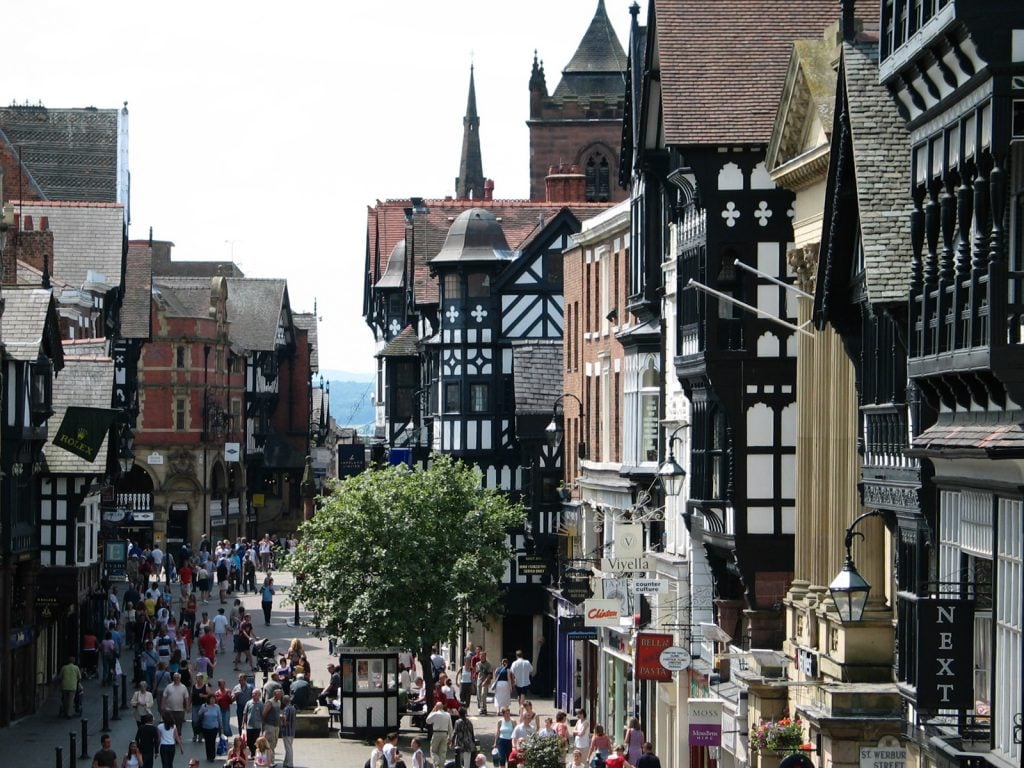An immediate challenge for architects, urban planners, and city officials to address the inaccessibility of historic cities, from uneven cobblestones to narrow, stepped alleys, creating an urban realm that offers universal mobility without detracting from their historic charm. As the trend of migration from rural to urban areas continues, it is estimated that by 2050, one billion people with disabilities will live in cities. Many of these urban centers, with cores dating back hundreds or even thousands of years, are currently ill-equipped to respond to this demand.

The common perception that ancient and historic cities are incapable of adhering to universal design principles is disproven by the Roman city of Chester in the United Kingdom. In 2017, the city was named as the most accessible city in Europe by the European Union’s Access City Award, recognizing and celebrating a city’s ability and effort to become more accessible.
With Roman walls dating as far back as the AD70, and with an urban core dated from the 1500s, the city has worked hard and invested millions to improve accessibility. As chronicled by writer and wheelchair user Frances Ryan for The Guardian, the two-mile Roman walls are almost entirely accessible with tactile paving, additional handrails, and smooth surfaces accessed from eleven entrance points. The 13th-century elevated shopping walkways are also fully accessible, with ramps added ten years ago to offer six access points.
The city’s ancient, accessible streetscape is complimented by modern infrastructures, such as an entirely-accessible fleet of buses, and wheelchair specifications for all taxis. Seven fully accessible public toilets are located across the city including hoists and a changing bench, with plans to include one in any future renovation. Legislatively, the city has retained a designated access offer since 1991, and a corporate disability forum where 16 disability organizations work with architects to ensure accessibility is a design priority for new developments.

Joining Chester’s initiative to improve accessibility is Jerusalem. With a historic core dating back three thousand years, the city recently celebrated the noted achievement of making the Old City wheelchair-friendly. Extensive renovations were carried out on 90 percent of streets and alleys within the Muslim, Armenian, and Christian quarters after 15 years of reconfigurations.
In total, four kilometers of uneven paved streets were evened out, and ramps, inclines, and hand bars installed around the Western Wall. A free mobile app was also created, available in eight languages, allows those with wheelchairs or strollers to map accessible routes. In total, around $5.5 million was invested in the project.
As discussed in our month-long focus on accessibility, advances in technology are democratizing urban cores which were previously inaccessible to many citizens. As historic city cores are required to accommodate further increases in population, those involved with shaping the built environment will be required to continuously examine how new innovations can transform old cities. In this context, Chester and Jerusalem serve as prime precedents for the power of subtle, everyday alternations, coupled with considered policy-making, to redefine cities for the many.





